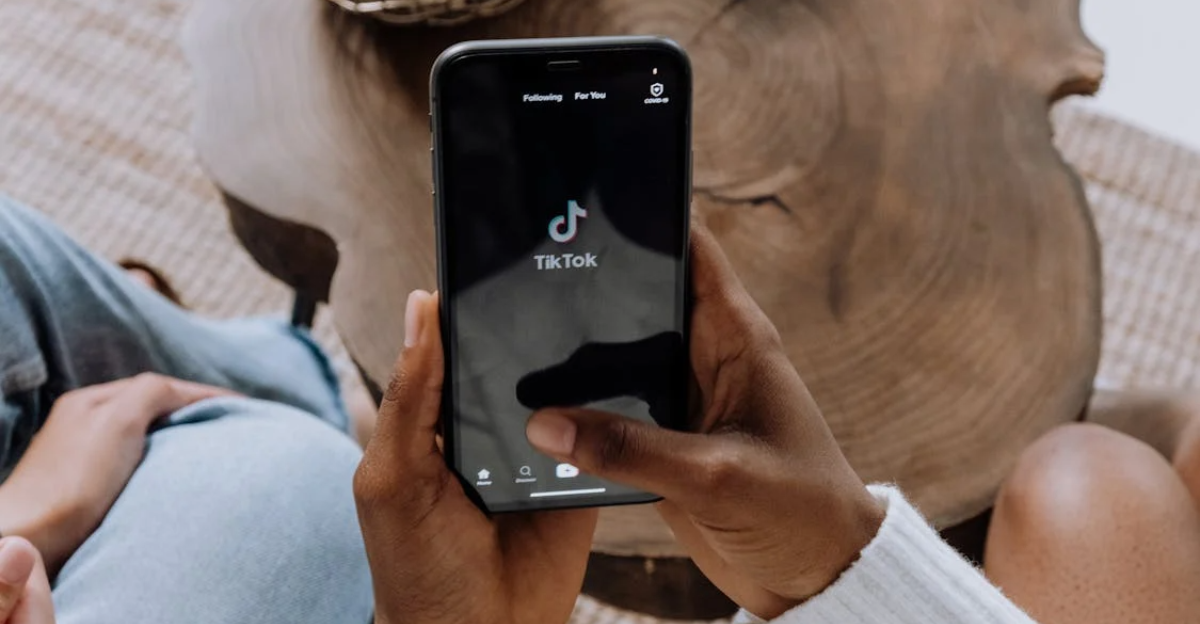
Ever had a phone call with someone claiming to bear good news? Or, perhaps, a person asking a series of innocent questions? Either way, you might have decided that there’s nothing wrong with the conversation. So, you ended up taking the call.
Luckily, there have been instances in which calls like these led to nothing remarkable: a rejected credit card proposal, perhaps, or a survey that provided data for some research firm out there. But there are times when the conversational tone and the exciting updates hide something far more sinister.
How Deceptive Calls Lead to Billions of Dollars Lost
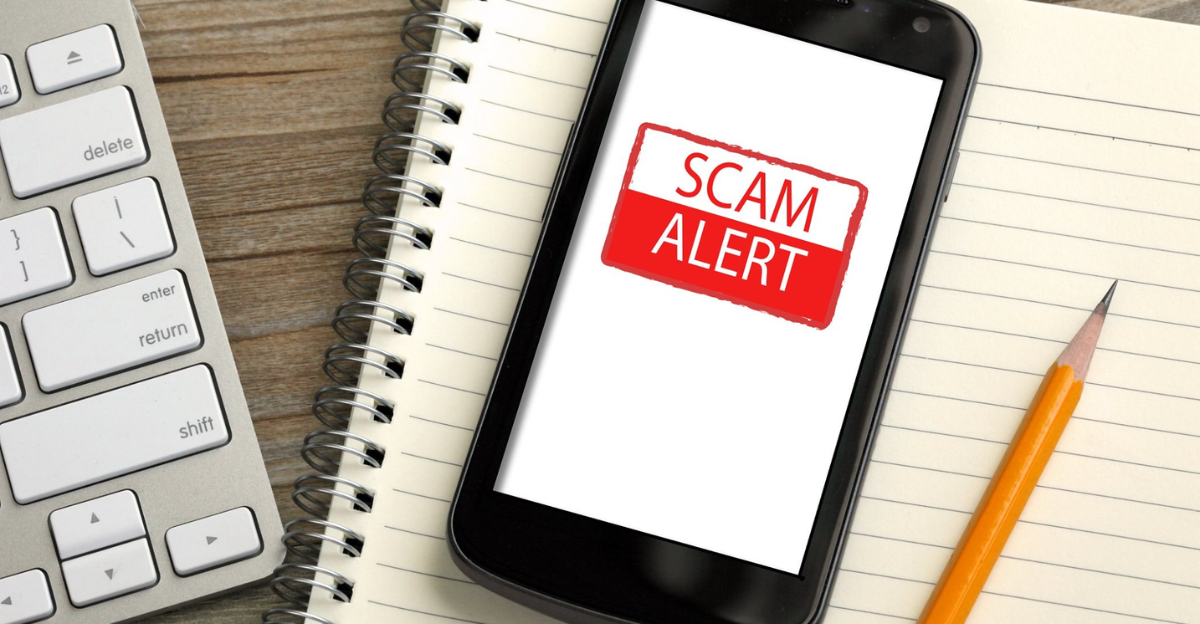
Let’s call a spade a spade. If those phone calls feel too good to be true, then they probably are. They’re none other than scams, and they’re designed to steal something important without you knowing it. Forget innocent: Scams are cleverly calculated and carefully designed to deceive the general public. The more people who are duped by these plots, the better it is for scammers who seek to unscrupulously gain wealth and power.
Phone calls, of course, are not the only instrument used by scammers. Letters, emails, and social media posts have also been frequently used to carry out fraudulent schemes in this day and age. In April 2025, the FBI reported that an estimated $16.6 billion was stolen by scammers in 2024. What makes this eye-popping number even worse is that it’s a 33% increase from 2023.
Have You Heard of the $25 Million Scam?

The most extreme cases of scams involve enormous amounts of money changing hands. In February 2024, news broke of an elaborate scheme that led a man in Hong Kong to transfer money across 15 transactions to fraudsters. All told, the transactions amounted to about $25.6 million!
How did the fraudsters pull this off? According to reports by Hong Kong police, the man was made to believe that he was attending a video conference with his multinational company’s chief financial officer and other staff members. The thing is, the employee wasn’t really interacting with key figures of the company. Instead, he was being deceived by deepfake creations, phony voices and all.
Deepfake “Elon Musk” Went Viral

While this Hong Kong incident involved company officials who aren’t quite recognizable, another scam relied on the likeness of one of the most famous billionaires on the planet.
Last year, a number of deepfake videos bearing the likeness of Elon Musk made their rounds on the internet. These clips of “Musk” invited individuals to pour their money into investments or product purchases supposedly associated with the Tesla CEO. Unfortunately, several people fell into this trap, including elderly citizens who unwittingly transferred six-figure amounts directly into scammers’ bank accounts.
Case in point: An August 2024 New York Times article covered the story of 82-year-old Steve Beauchamp, who was led to believe that he was investing $690,000 of his own money in a Musk-endorsed venture.
Enter the “Art Project” Scam
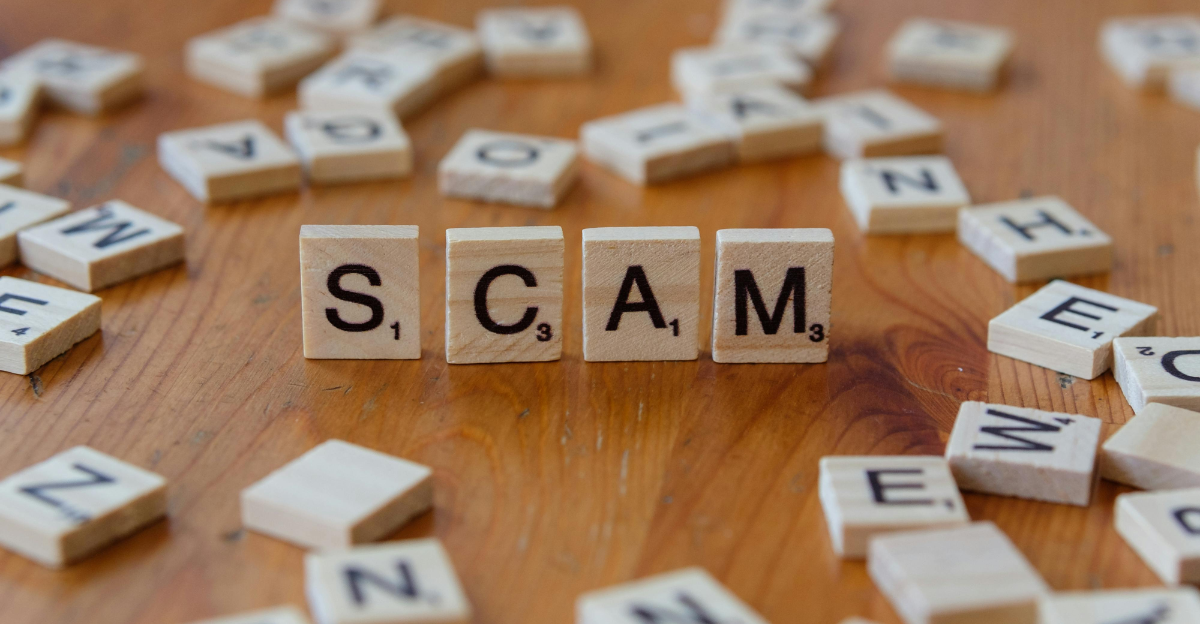
Sometimes, though, scammers don’t resort to replicating big-money executives. Recently, one scam has taken a more subtle, commonplace approach to obtaining valuable details from would-be victims.
On July 28, the New York Post published the story of a TikTok user named Jen, who recalled how she was messaged by “some girl” asking for permission to use a picture that Jen had posted on the social media platform. The picture, according to “some girl,” would be used for a certain “art project.”
The Turning Point: A Suspicious Request
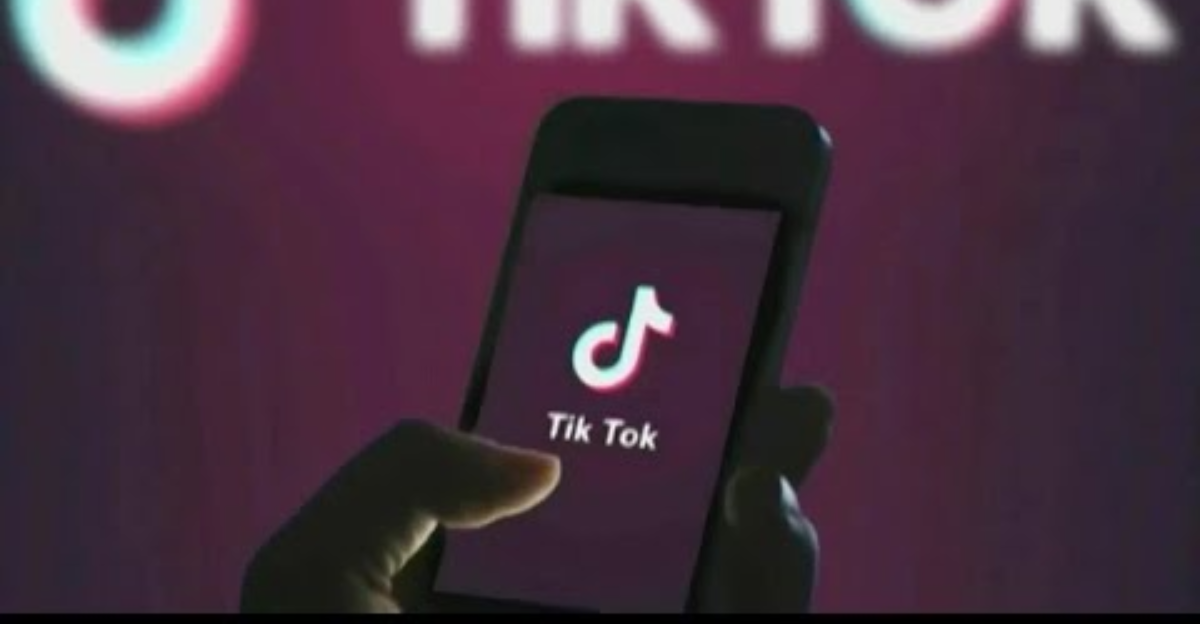
After Jen checked out this individual’s TikTok page and found that it was filled with artworks, she gave her permission for her profile picture to be used in the “art project.” The individual even promised Jen a commission, along with a copy of the finished work.
Jen’s suspicions were heightened, however, when the individual asked for her full name and email address, supposedly to facilitate the sending of an e-check. Soon after Jen called out this individual over the questionable request, the individual’s page disappeared.
What Authorities Say About Fake Check Scams
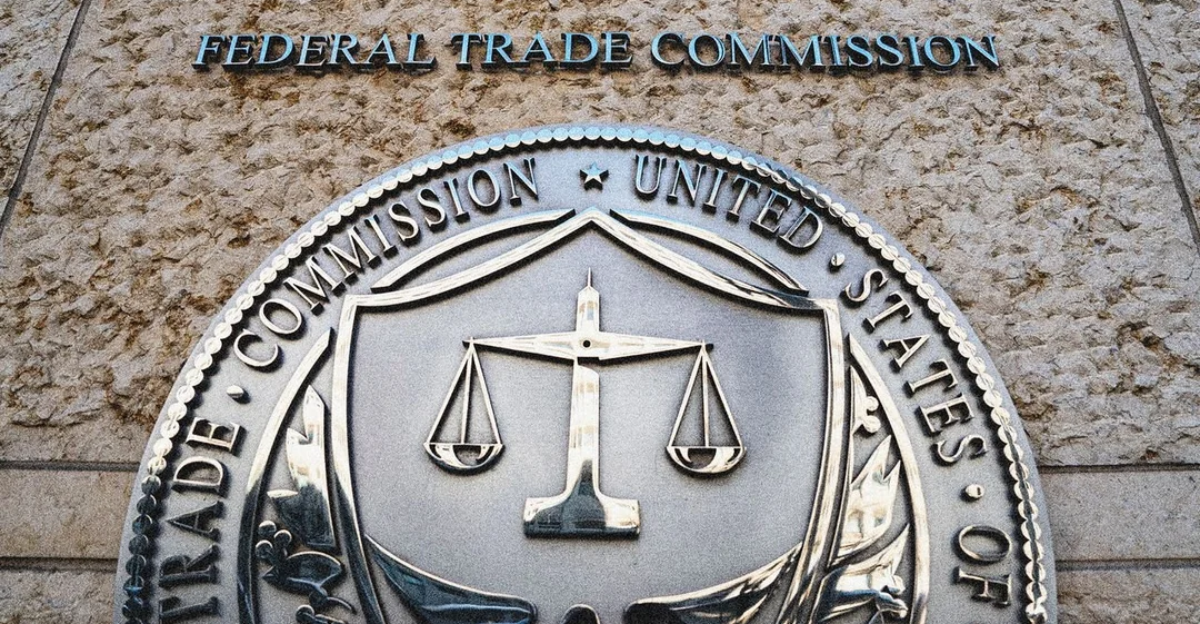
As far as the Federal Trade Commission (FTC) is concerned, Jen’s course of action was spot-on. Fraudsters have been known to send checks as “compensation” for remote jobs or even “prizes” for winning sweepstakes.
The FTC, in fact, has spelled out the modus operandi of these scammers: When they send a check, they intentionally include more than the amount owed to you and instruct you to wire the excess funds back to them before receiving your lump sum payment. Through this scheme, personal details like bank information are not safe at all.
More People Stepped Forward to Raise the Alarm
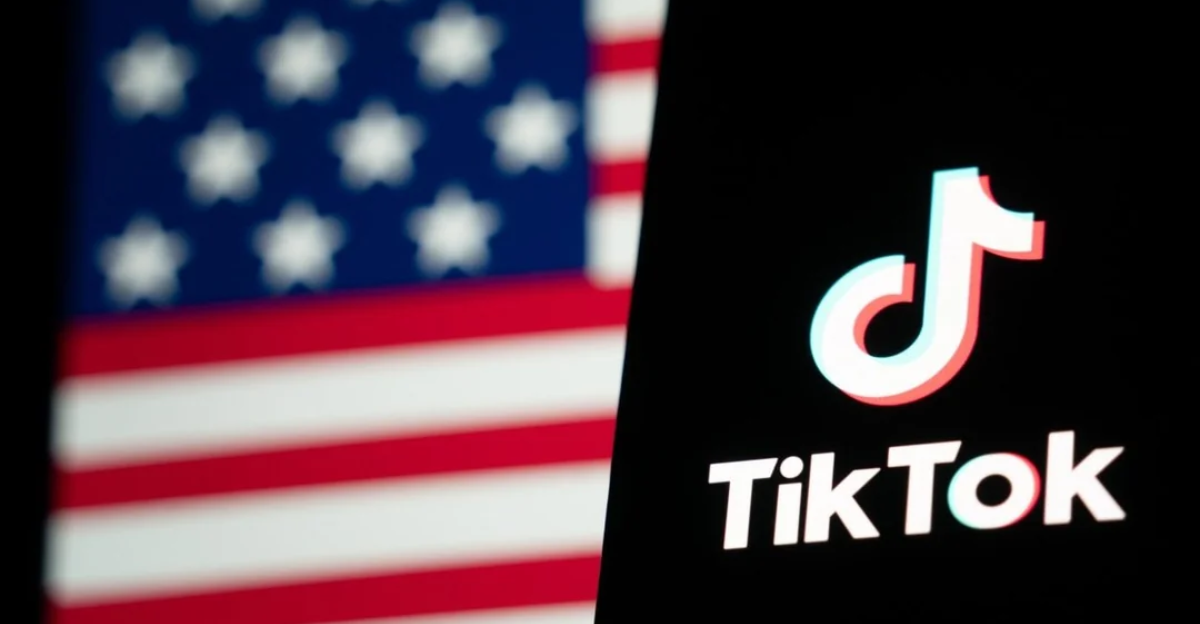
The New York Post also reported that a number of other TikTok users claimed to have received messages similar to what Jen got. “I went through the exact same thing. These people are relentless,” said one TikTok commenter.
The multiple instances of the “art project” messaging indicate that a certain individual or group has mapped out a carefully scripted scam.
Beware of These Modern-Day Frauds

While emails and phone calls were prominently used by scammers in past decades, fraudulent schemes have become more sophisticated as AI tools continue to advance.
For one, fraudsters have taken to using AI to generate explicit photos, which help them assume fake identities. Using these made-up personas, they send the AI-generated photos to unwitting individuals and ask them to reciprocate. These fraudsters then extort their victims for money by threatening to send the victims’ explicit photos to their friends and family.
There was also the case of the robocall simulating the voice of then-U.S. President Joe Biden, supposedly urging Democrats not to cast their vote in the 2024 New Hampshire primary. This robocall is an example of a scam aiming for a much bigger target, which was to sway elections at the state and possibly even national level.
How to Deal with Scams
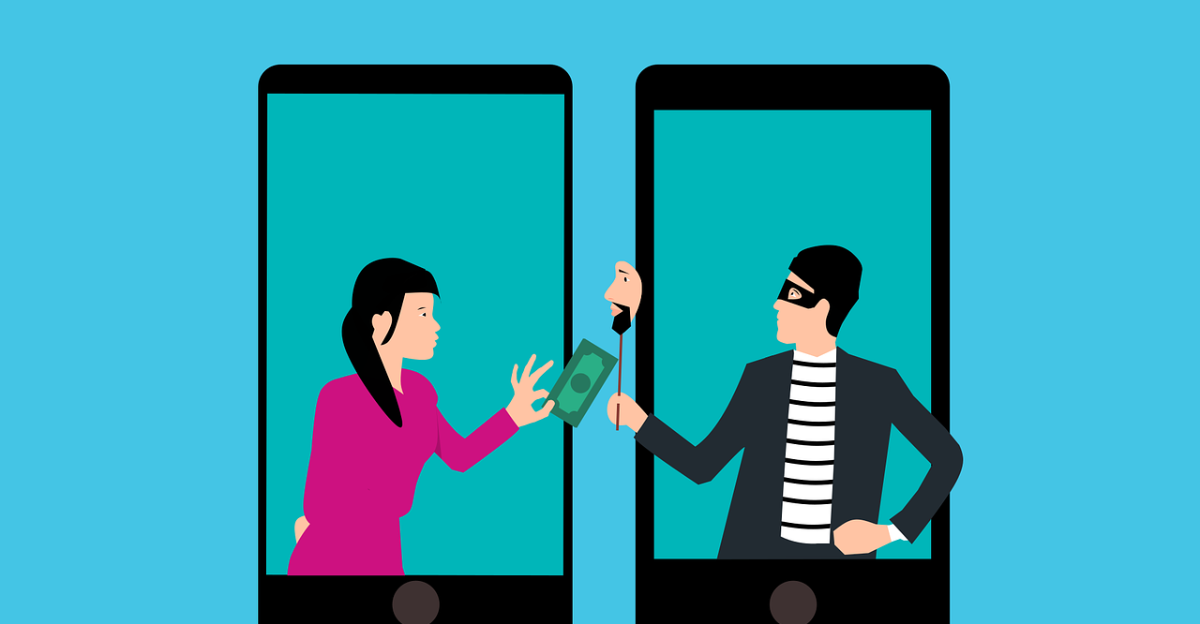
Scams can take many shapes and forms. They can be a brief email, a normal-sounding phone call, or an attention-grabbing video. No matter the appearance of these schemes, one thing is certain: You have the right not to engage with strangers.
Would it be nice to make friends and widen one’s network? Sure. But if it comes at the expense of your money and privacy, you can give that scam a hard pass.